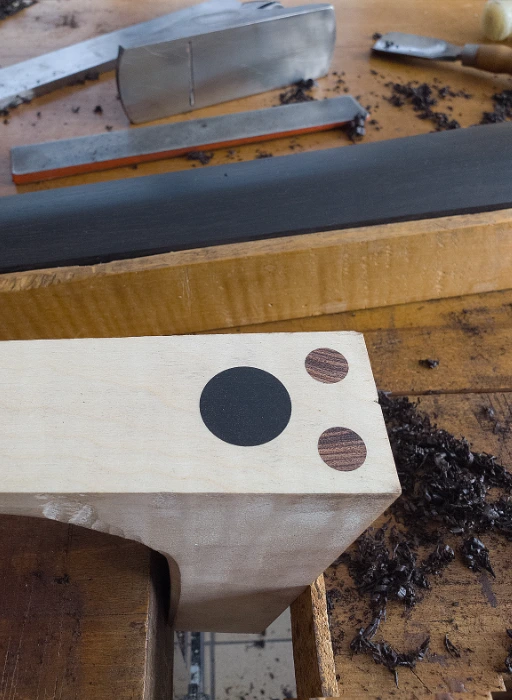Workshop
Bridges
In 2005, my father and I bought several solid pieces of maple – ‘Spiegelahorn’ – from which the bridges for the instruments are made. Ever since the pieces were sawn into hundreds of narrow wedges on the bandsaw, they have been hanging on the ceiling to dry.
Having a store of well-aged bridge wood is important to get the instruments ‘ready to play’ and to bring out the best possible sound quality.
The sequence of images illustrates the manufacturing process from solid maple wood to the finished bridges lined up in the workshop.
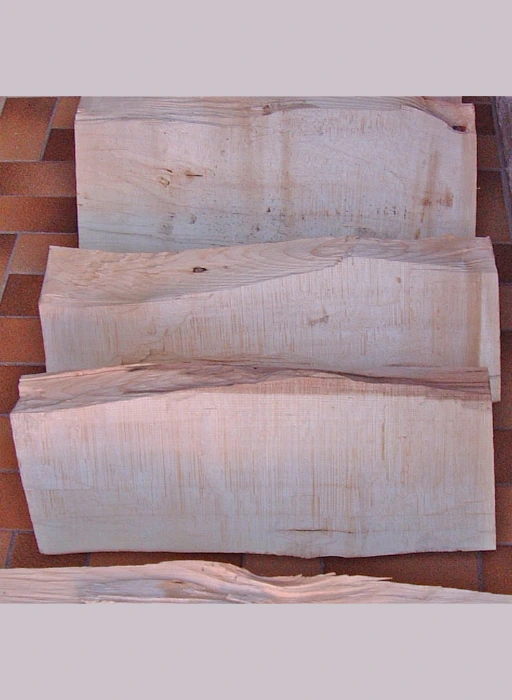
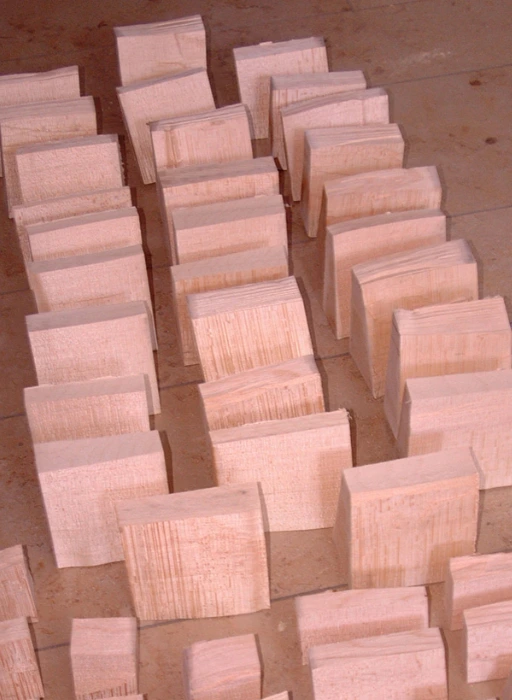
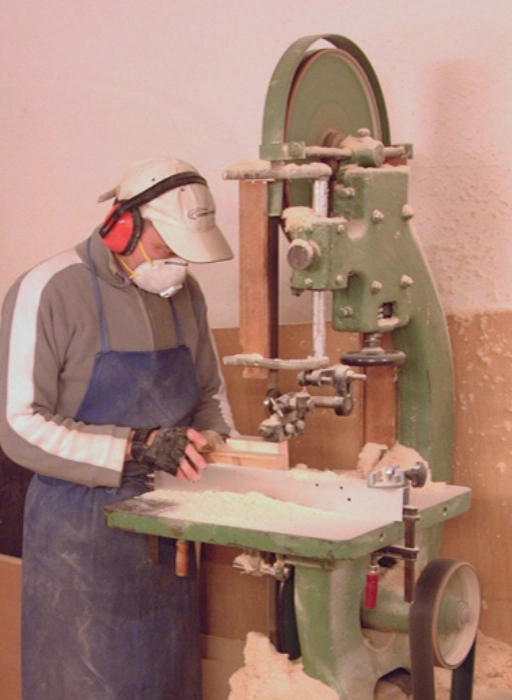
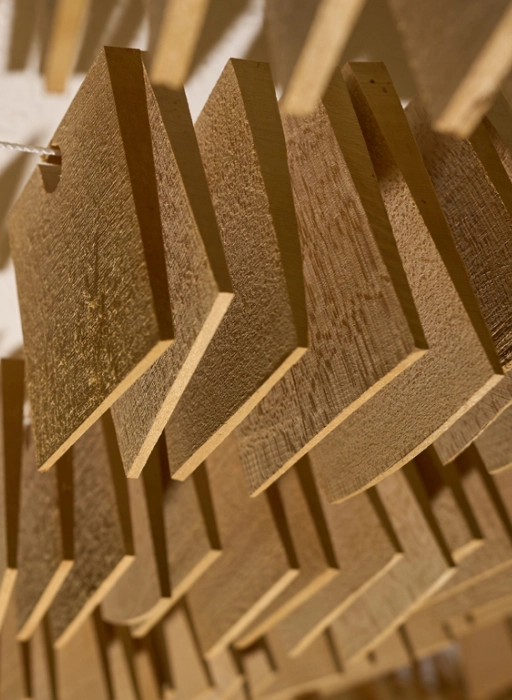
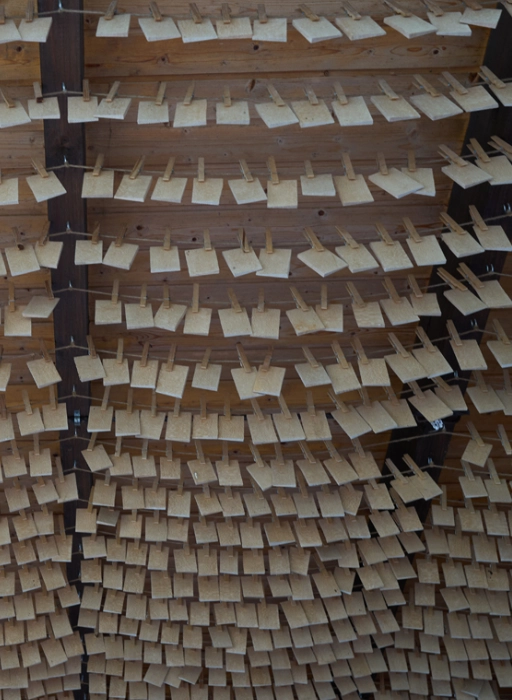
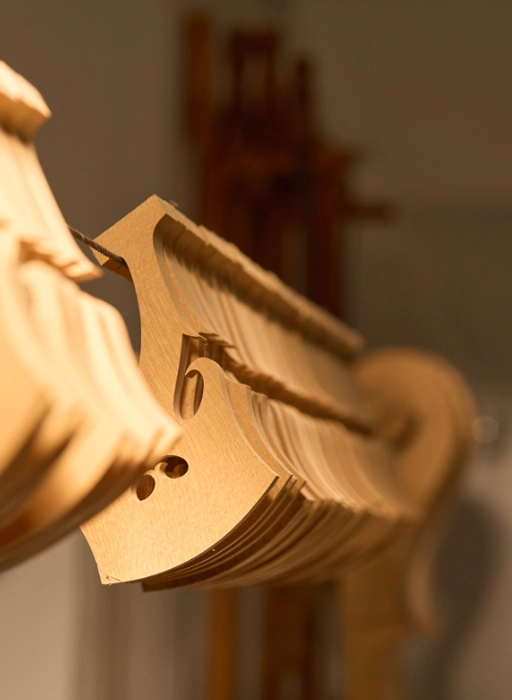
Soundposts
The soundpost inside the body – also called the ‘soul’ – plays a key role in the overall sound quality of the finished instrument. Made from fine-grained spruce, it is adjusted to fine-tune the sound of the instrument and adapt it to the respective player.
As with the bridge wood, it is invaluable to have access to old, well-seasoned spruce wood. Since my father inherited the wood stock from his former teacher Willibald Raab (see photo) at the violin making school in Bubenreuth, I now have the opportunity to make soundposts from wood that is up to 100 years old.
Square pieces are first sawn and planed from the spruce wood – here for the violin. They are then planed into round sound posts using a Stanley plane and made to the individually required dimensions.
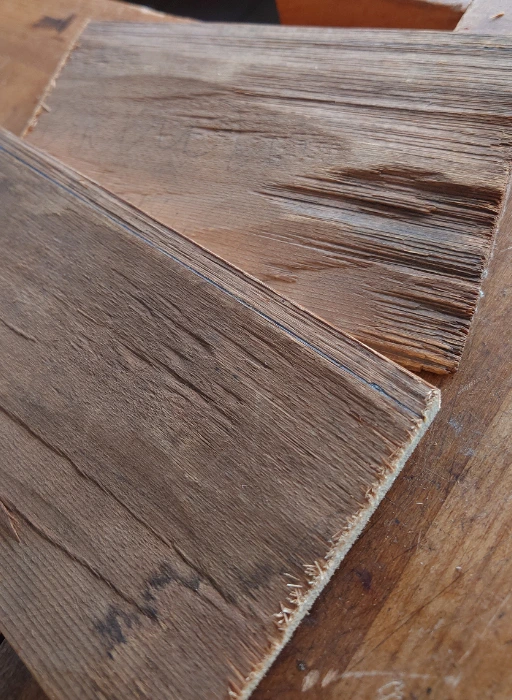
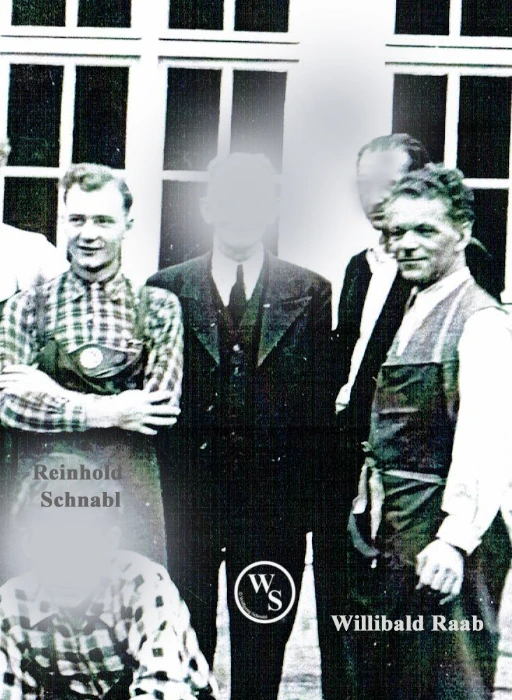
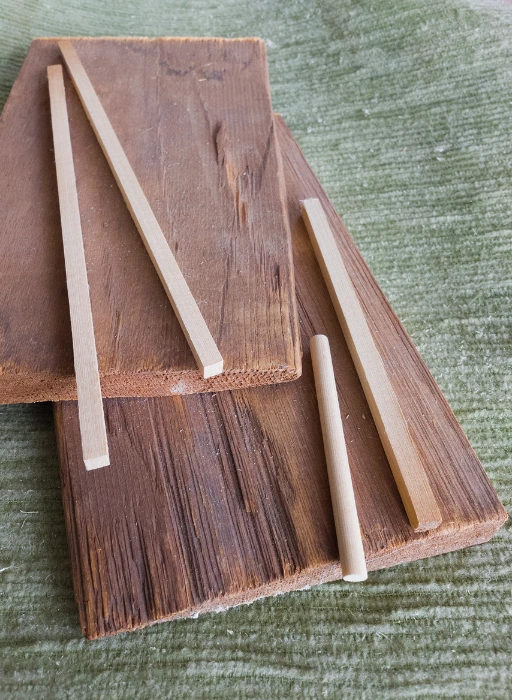
Wooden dowels in the cello neck
Especially with the cello, enormous tensile forces act through the strings on the cello neck, at the transition from the neck to the body. In order to significantly reduce the lowering of the neck with the fingerboard, I use self-turned wooden dowels made of ebony and other hard types of wood. Through the special arrangement of the three wooden dowels, which are glued into the neck before gluing the fingerboard, I achieve greater strength and stability.
